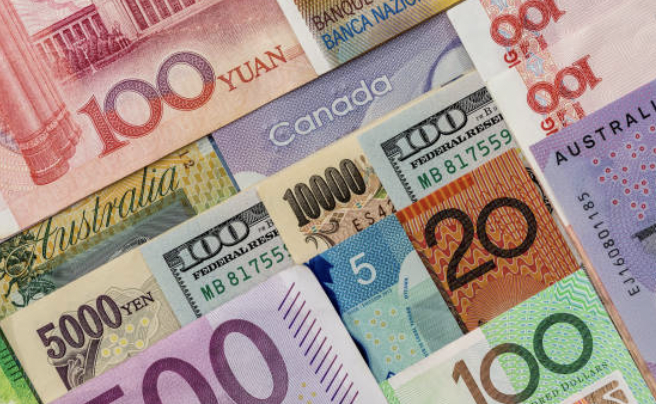
Alina Haynes
May 09, 2022 10:10
The EUR/USD fell below 1.0530 and is likely to test the psychological support level of 1.0500. After Monday's opening bid, the value of the asset is continuing to decline. As of now, a bearish open trend has been noticed, and the index is attempting to challenge its bottom from the previous week at 1.0483.
Euro bulls are anticipated to stay volatile this week ahead of Wednesday's speech by Christine Lagarde of the European Central Bank (ECB). Lagarde's statement will shed light on the expected monetary policy action taken by the ECB in June. Notable is the fact that the ECB left its interest rates constant in its most recent announcement regarding interest rates. Until the end of its bond-buying program, which is anticipated for the third quarter, the European Central Bank (ECB) has mandated that policy rates would remain constant. Consequently, investors should not anticipate a rate increase from the ECB before the end of the year. In addition, fears of stagflation in the eurozone following the Ukraine crisis have diminished the likelihood of the ECB adopting a hawkish tone.
In the meantime, the US dollar index (DXY) transforms any corrective downturn into an ideal purchasing opportunity for market participants. The DXY is robust as the probability of a June rate hike by the Federal Reserve (Fed) rises. At the time of publication, the DXY has risen above 130.90 and is inching closer to recapturing last week's peak of 104.06.
Aside from ECB Lagarde's speech, investors are focusing on Wednesday's release of US inflation data. A preliminary estimate for annual US inflation is 8.1 percent, down from the previous estimate of 8.5 percent.



May 09, 2022 10:16